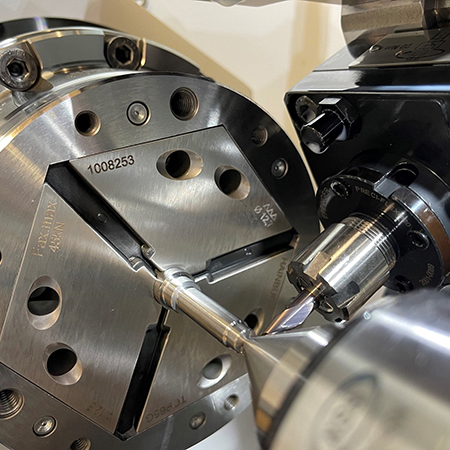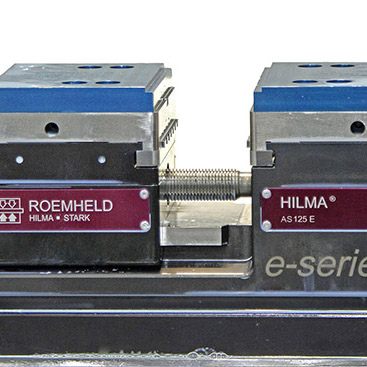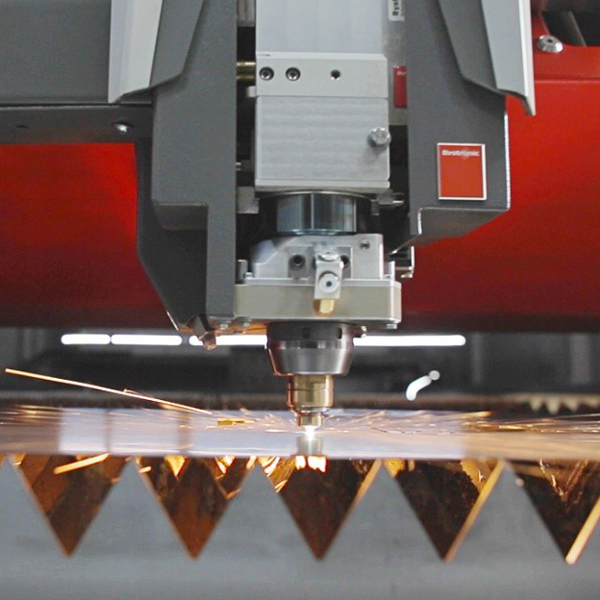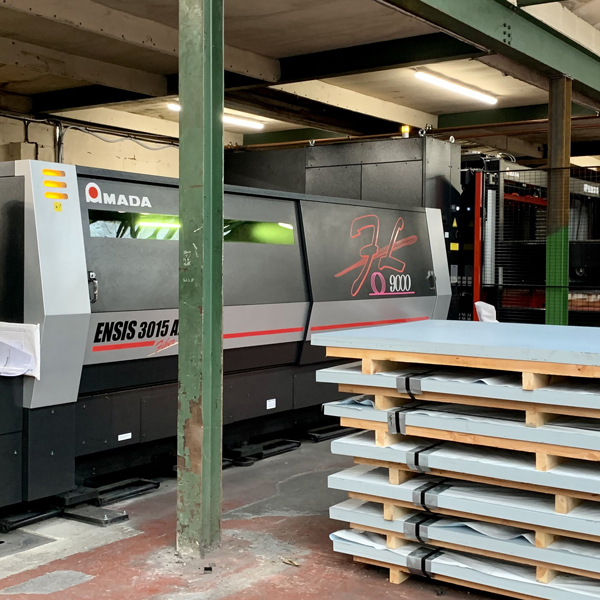
Leicester-based JWA Tooling has recently invested more than £2.5m in an additional factory, three new FANUC EDM machines, three new automation-ready Mazak machining centres, a Doosan Lynx turning centre and a Colchester Harrison Alpha 1400XC lathe. The link that is increasingly tying these machines together is work holding and clamping technology from Hainbuch.
Says company founder John Wood: “If you analysed our company, you’d see that we have lots of machines and lots of set-up time, which means the machines can be stopped for longer than they are running. We have chosen to address this issue by investing in new work-holding systems.”
For instance, when JWA Tooling invested in a Colchester Harrison Alpha 1400XC manual and semi-CNC turning centre, the decision to invest in a Hainbuch Torok 65 manual chuck was influenced by the ability of the chuck to offer fast and precise changeovers. The flexibility of the Hainbuch Torok 65 also permits fast changeover from ID clamping to the OD jaw clamping of components.
More recently, when the company decided to install a Doosan Lynx 2100LY turning centre, the subcontract manufacturer once again opted for work-holding technology from Hainbuch with the Top Plus 65 combi pull-back collet chuck.
“The reason for picking this particular design of chuck is quite critical, as we have been well established with round collets over the years,” says Wood. “However, if you look at modern machines with live tooling and C-axis configurations, you need to index accurately and know where the component faces and locations are. So, with the Hainbuch system and its hexagonal fitting, you can identify your mark on the chuck and the collet and put the collet back in the identical position.”
For further information
www.hainbuch.com






















